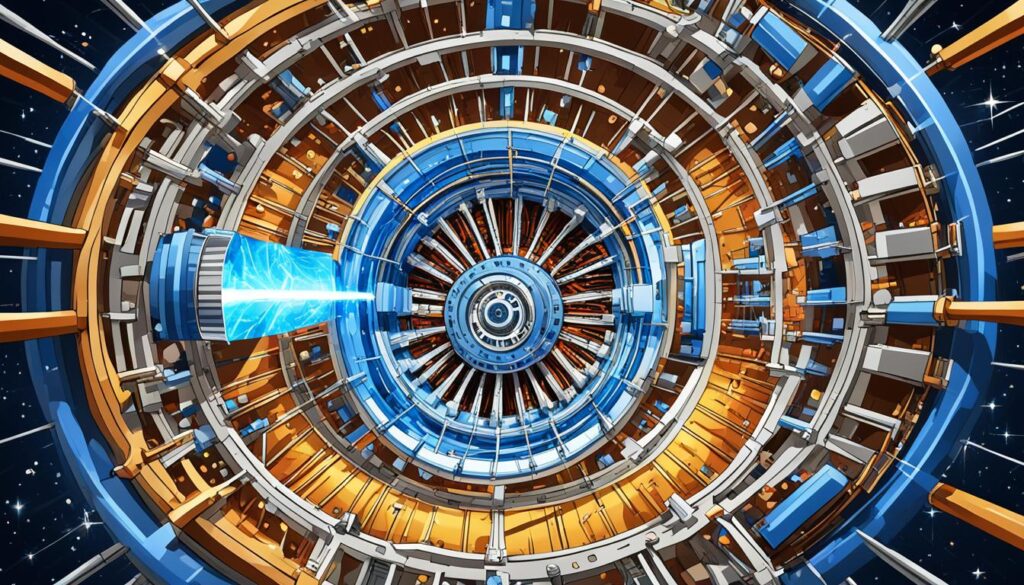
In the quest to understand the origins of the universe, scientists have embarked on a remarkable journey into the world of particle physics, where the tiniest particles hold the most significant secrets. At the forefront of this exploration lies the elusive and fundamental particle known as the Higgs boson. Today, we delve into the fascinating realm of particle physics, exploring puzzling discoveries made at the Large Hadron Collider (LHC), affectionately known as the LHC.
Chapter 1: What is the Higgs Boson?
Imagine the universe as a vast field, with particles as guests at a cosmic party. The Higgs field is akin to the crowd in this room, and as particles move through it, they interact, with some acquiring mass while others pass through quickly. The Higgs boson is the particle associated with this field, responsible for giving other particles mass. Its discovery in 2012, led by scientists at CERN using the LHC, was a monumental achievement, shedding light on the fundamental workings of the cosmos.
Chapter 2: The Significance of the Higgs Boson
The discovery of the Higgs boson closed a significant gap in our understanding of the universe. It provided the final explanation for why some particles have mass, earning it the nickname “the God particle.” Without the Higgs boson, the universe as we know it wouldn’t exist. Its discovery fundamentally changed our understanding of the elements that make up the cosmos.
Chapter 3: What is the Large Hadron Collider?
The Large Hadron Collider (LHC) is the world’s most powerful particle accelerator, located deep beneath the Swiss-French border. Developed by CERN, it is a cornerstone of modern particle physics research. By smashing high-energy particle beams together at near light speeds, the LHC recreates conditions akin to a fraction of a second after the Big Bang, allowing scientists to study the fundamental building blocks of the universe.
Chapter 4: The LHC Model and Testing Discoveries
Inside the LHC, high-energy particle beams collide at staggering rates of speed, resulting in temperatures that transport us back to the moments just after the Big Bang. Scientists study the decay processes of short-lived particles like the Higgs boson to unravel their mysteries. The LHC’s extreme complexity has led to advancements in data processing, medical imaging, and other fields, extending beyond particle physics.
Chapter 5: What Discoveries Can We Expect Next?
As the LHC embarks on its third run and the high luminosity LHC draws near, we anticipate even deeper insights into the fundamental makeup of particles and their interactions. While the Higgs boson was once believed to be the bedrock of the standard model, new discoveries may challenge or expand our understanding of the cosmos, paving the way for a deeper understanding of the universe’s mysteries.
In conclusion, the exploration of particle physics, led by discoveries at the LHC, continues to push the boundaries of human knowledge, offering glimpses into the fundamental workings of the universe. As we journey further into the world of particle physics, we are reminded of the boundless curiosity and ingenuity of the human spirit in unraveling the mysteries of the cosmos. Stay tuned for more captivating concepts that challenge our understanding of the universe.



